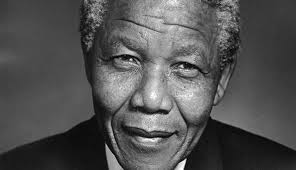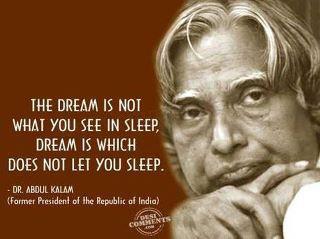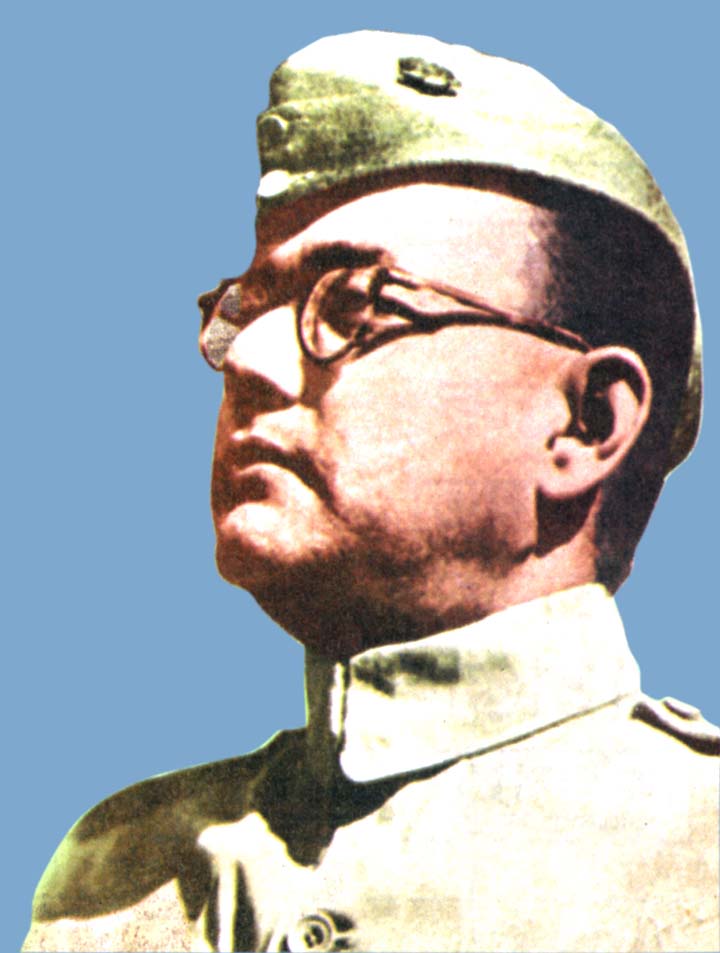Different situations demand application of different styles by the leaders. One size does not fit all. Yet the individual leader may follow broadly one particular mode. The characteristics of a person, his/her experiences and circumstances shape the conduct and behavior. However according to the situation effective leaders overcome the blemishes of their personal characteristics. Following are the 6 different styles of leaders that can be categorized.
1. Pace Setting Leader: When the team members know the job, they have the required skills; the pacesetting leader is able to get the maximum productivity from the team. But if it is continued for a long time with no respite, fatigue sets in. Further it kills innovation. The team members stop applying their mind.
2. Authoritative Leader: These leaders know how to align their team members to the common goals of the organization. These goals are defined broadly by the vision and mission of the company. In this case the means are left to the team members. Leader wants the results.

3. The Affiliated Leader: They create an emotional bond among the team members and with the organization. The sense of belonging is experienced by the team. This style of leadership works best in the times of stress.

4. Coaching Leader: Such leaders try to understand individual team members. They train them. They coach them to bring about the desired results. But this style is least effective when the team members are defiant.
5. The Coercive Leader: These leaders demand immediate compliance. The leader would say, “Do what I tell you”. This leadership style is most effective in the time of crisis. Realizing the situation the adaptable leader adopts coercive style to overcome the crisis.
6. Last but not the least, there is the Democratic Leader: These leaders try to build consensus. They invite individual opinions. When the leader wants that the team should take up the ownership of a decision or a plan; this style works. Fresh ideas come into play. But democratic style is not recommended in emergency situations.

Thanks for reading.
Tag: leadership qualities
How to be an Effective Leader:

In the competitive environment of today, it is essential for all Leaders (even if you lead one person) to be passionate and highly motivated. Leadership by hierarchy is no longer valid.
How to be an effective Leader? How to develop Leadership Qualities? What is the first step?
The first and foremost quality leaders must have is a passion for whatever they do? Doing anything half-heartedly does not work today. A passion for becoming an excellent public speaker could be the first step. A public speaker is like a performer, a stage actor – they eagerly desire to perform. Passion enables them to perform. They enjoy what they do, and their passion to do the same more and more wholeheartedly increases. Initial difficulties are eradicated and they become successful in their mission.
Furthermore, if a leader is passionate about a job, followers are likely to follow suit. Business becomes easier. Passion also helps to maintain enthusiasm which in turn is contagious. That should therefore be the foremost quality of an effective leader. Being a store house of energy. In fact, most of the time that people are away, they are at work. So if during the work you are enjoying and happy, life becomes very interesting and significant. One starts loving life. That is what Leaders do.

“Stay hungry; Stay foolish!” were the words of Steve Jobs which was the essence of his famous speech at the Stanford University. Hunger for knowledge can never be satiated. The more you learn, the more you desire to learn. Knowledge is endless. A good Leader’s hunger for knowledge should also be endless. That is what made Steve Jobs a most revered Leader in technology and business. Quest for knowledge makes you realize that you never know enough. Besides, this also helps in keeping your ego at bay. And growth comes as a by-product of your efforts to learn and to thwart ego.

The next important quality a Leader must have is discipline. If you are passionate and if you are hungry you will probably go on the right road of your destination. But the road is never smooth. It may have many hurdles which you have to overcome. Discipline teaches you to do something that needs to be done at a particular time. Sometimes you may like to do it, and sometimes you may not like to do it. But discipline motivates you to finish your task in both situations. As a Leader it is critical to have 100% commitment for your mission.
A Leadership Skills Development Workshop helps offer the right inputs which brings out the qualities of a Leader. For more information visit: http://nimblefoundation.org/leadership-skills.html
Thanks for reading.
Leadership Qualities
In my last presentation, I had defined Leadership. I had also explained what it takes to be a good leader. How must a leader go about performing his/her duty that would justify leadership. Today, I shall talk to you about the characteristic elements of personality which are necessary for a good leader:
- The first on the list is Honesty. Honesty towards oneself. This means that the Leader must be himself or herself all the time. At no time the Leader should try to copy anyone or say something which he/she does not believe. The leader must believe in an honest, ethical behavior as a key value. All the actions will foster among the team members the same value. Once accepted the value can be a strong bond among members of the team, a group, or an organization.

- The second quality which a leader must have is the ability to delegate. This requires the leader’s trust in the members of the team. Besides, the leader should have the ability to identify the strengths and weaknesses of the members. This will help in assigning appropriate tasks to individual members. Such a delegation will be meaningful and the results will be more productive.

- Excellent communication represents the third important quality of a good leader. The leader should be in a position to communicate in a language which is understood by all – be it an uneducated skilled worker on the floor or the CEO who is a member of the board.Further the leader must ensure that whatever has been communicated is not only understood, but assimilated by all concerned. This will be possible only if the leader has an open mind and encourages rather than discourages feedback.

- Excellent communication represents the third important quality of a good leader. The leader should be in a position to communicate in a language which is understood by all – be it an uneducated skilled worker on the floor or the CEO who is a member of the board.Further the leader must ensure that whatever has been communicated is not only understood, but assimilated by all concerned. This will be possible only if the leader has an open mind and encourages rather than discourages feedback.

- Excellent communication represents the third important quality of a good leader. The leader should be in a position to communicate in a language which is understood by all – be it an uneducated skilled worker on the floor or the CEO who is a member of the board.Further the leader must ensure that whatever has been communicated is not only understood, but assimilated by all concerned. This will be possible only if the leader has an open mind and encourages rather than discourages feedback.

- A strong sense of commitment is the next aspect of positive leadership. Committed leaders often have a hands on approach and are able to do it themselves especially in times of a crisis. This approach ensures the commitment of the team, which feels secure under such decisive leadership.

- A positive attitude is also a very important aspect of leadership. Positive Attitude of the Leader ensures high energy levels of the team members. It also ensures that the Leader looks at every challenge as an opportunity rather than a roadblock.

- A positive attitude is also a very important aspect of leadership. Positive Attitude of the Leader ensures high energy levels of the team members. It also ensures that the Leader looks at every challenge as an opportunity rather than a roadblock.

- The leader’s quality of Institution refers to his gut feeling about the course of action he is to take. The quality of Intuition enables a leader to take calculated risks in decision making when facing an unforeseen situation.

- The leader’s quality of Institution refers to his gut feeling about the course of action he is to take. The quality of Intuition enables a leader to take calculated risks in decision making when facing an unforeseen situation.

Thanks for reading.
Change Management
“People are always blaming circumstances for what they are. I do not believe in circumstances. The people who get on in the world are the people who get up and look for the circumstances they want and if they don’t find them, they make them!”
These words of George Bearnard Shaw are more relevant today than ever before. In the continuous changing society, it is imperative to rely on knowledge, process and technology – all three to keep pace with the change. Leaders must keep in mind the following aspects for effectively ensuring and properly implementing change in the organisations they lead. These are:
1. Innovation: The leader should have the the ability to innovate. This requires imagination, knowledge and perspective, and a thorough understanding of the organisation he leads.
2. Personal Involvement: It is necessary for the leader to be personally involved for the efficacy of the strategy to bring about change. He can not carry out the same by proxy.
3. The Leader should know what needs to be done in general, though not in detail. This should be true at every stage of change management.
4. The Leader must be able to deal with ambiguity and be willing to take the required risks. Not taking any risks is the biggest risk.
5. Above all, the leader must understand and correctly assess how much the organisation can change and at what speed.
Satish Kakri, Director – Nimble Foundation